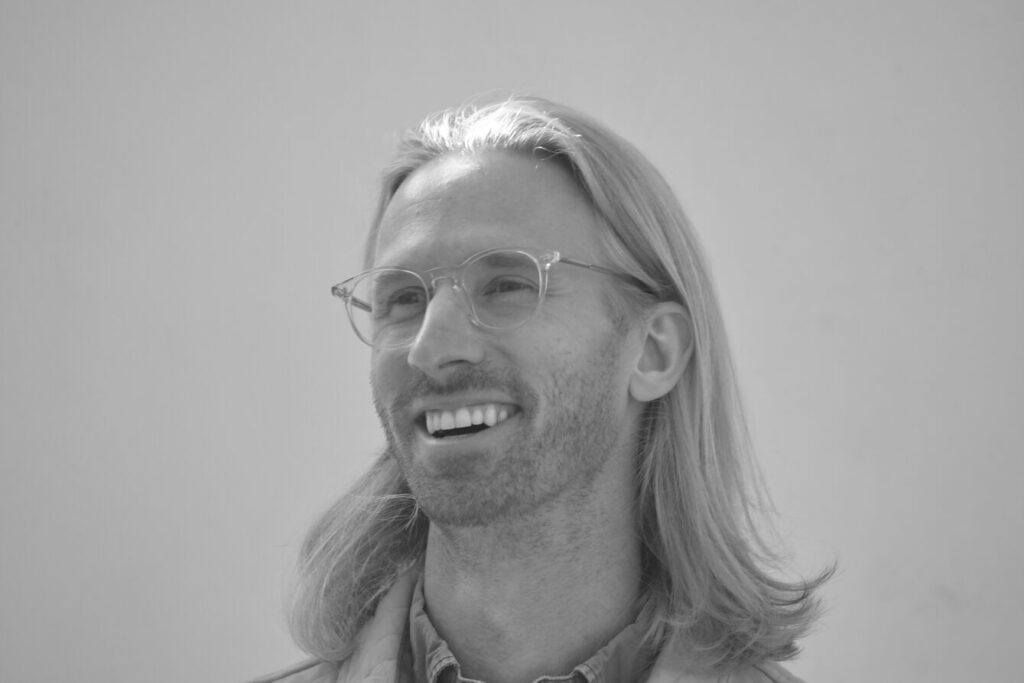
ABOUT CRAIG
Craig Hartenberger (b. 1990, USA) is a visual artist working primarily in the medium of ceramics. Through a meditative relationship with material, his sculptural works explore the language of pattern and geometric abstraction, drawing connections to his interest in observing the built world and his lived experience with low vision. His works have been exhibited and collected across the US and internationally in a variety of venues. He received his BFA in ceramics from Missouri State University in 2013 and his MFA in studio art from Kent State University in 2020. He is currently an instructor in the studio foundations program at the University of Arkansas in Fayetteville, AR, and splits his studio practice between Springdale, AR and Veracruz, Mexico.
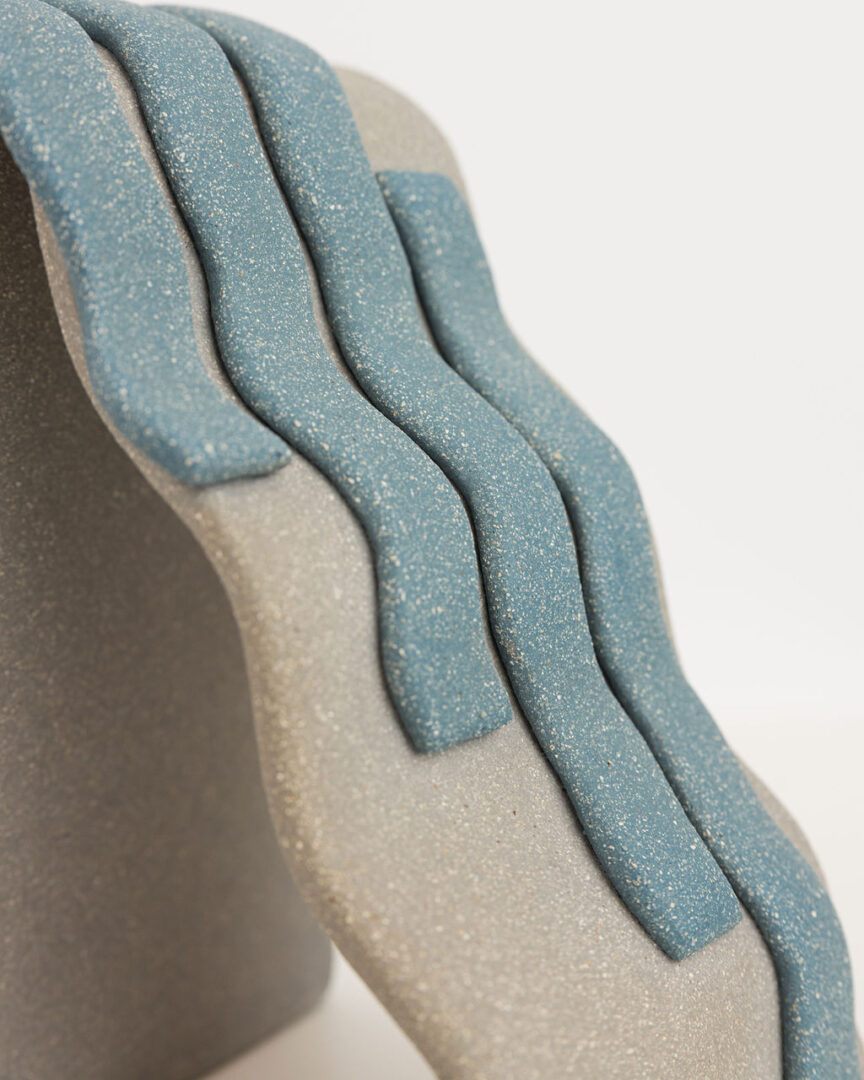
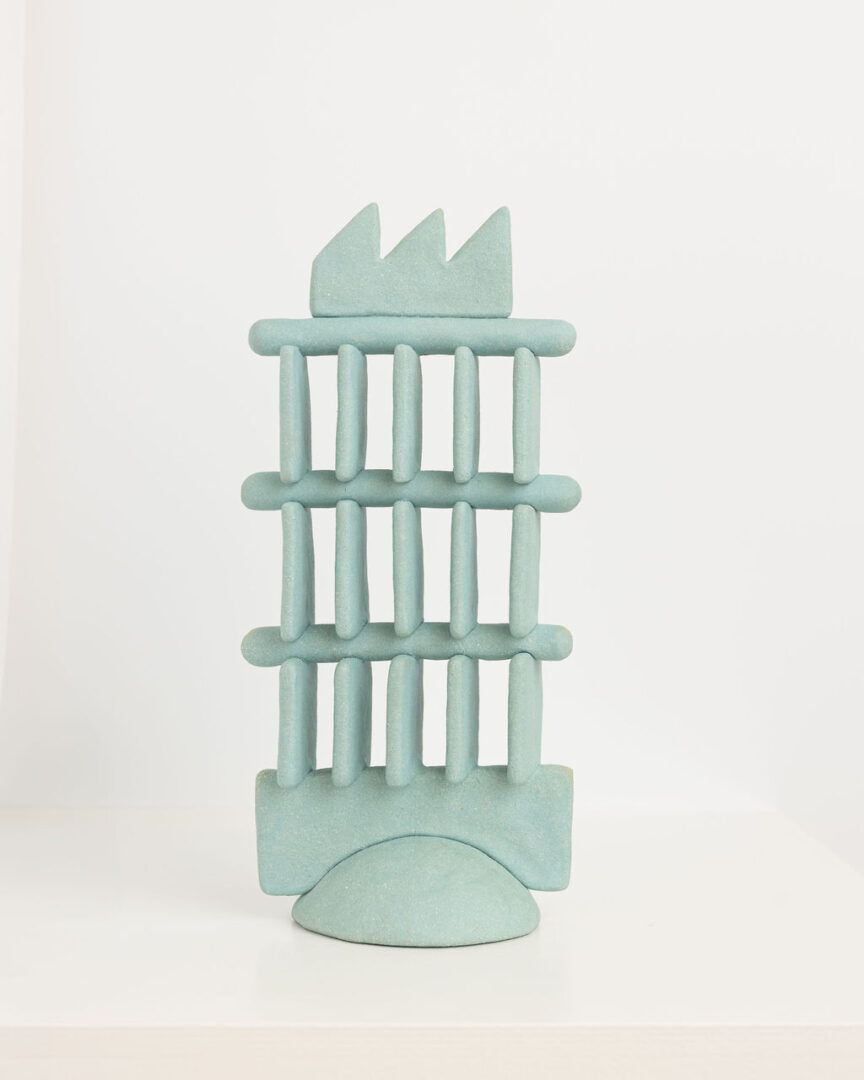
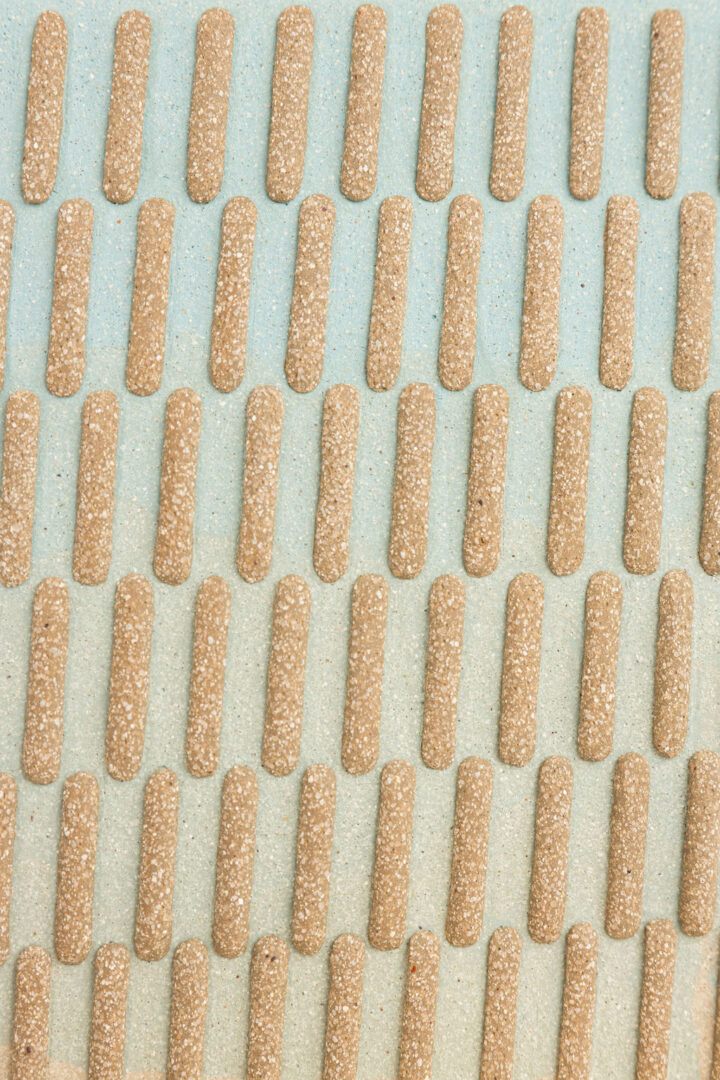
MIXD: Can you please share with us a bit about your background, and the path you have taken as a visual artist?
Craig Hartenberger: An artistic practice wasn’t something that was ever demonstrated to me. There were no family members or anyone in my circle growing up who was an artist. I was, however, shown creativity and a relationship with craft through my mom as I saw her engage with sewing, knitting, mending, and baking. Through her example, I understood creativity to be a necessary and compelling part of one’s life.
I attended the same school from grades 6-12, which is where I first began to engage seriously with clay. Thanks to the guidance of a generous and supportive teacher I began to throw on the potter’s wheel around the age of twelve. I was instantly captivated by the material and the realization that I found something that I could never reach the end of. This was a big contrast to the intense academic experience I was engaged in where there was always a “right” answer or a single solution; not so with clay.
I entered college only to have my world blown wide open again as I was exposed to an even wider range of firings and materials, the sense of possibility was truly unlimited. After graduating with a BFA I had the life changing opportunity to work for a ceramic artist from Denmark, Nina Hole. It is not possible to put into words how caring, kind, or gracious of a person Nina was or how much her confidence and support meant to me. I worked with her for four years in what was a truly transformative chapter of my life. She gave me the encouragement and confidence to go out in the world and make my way with clay. I delved further into my practice during graduate school where I worked with the painting and ceramics departments. This time of thinking about objects and images, the ways they connect and diverge, led me to the roots of my current work.
MIXD: We understand you have a meditative relationship with clay. Can you elaborate on the role this has played in your creative process?
CH: Time is a central concept within my work; both the geologic scale of time embodied by the material as well as the time invested through the labor of making. Working in an intentionally slow and deliberate way provides me with a space to enter into a meditative cycle of thought, action, and reflection. This space that my practice provides is essential for me to feel more fully human and is a salve against the myriad pressure towards productivity that we all face at every turn. Doing one thing, at the pace it takes, for as long as it takes is a gift that I can give to myself.
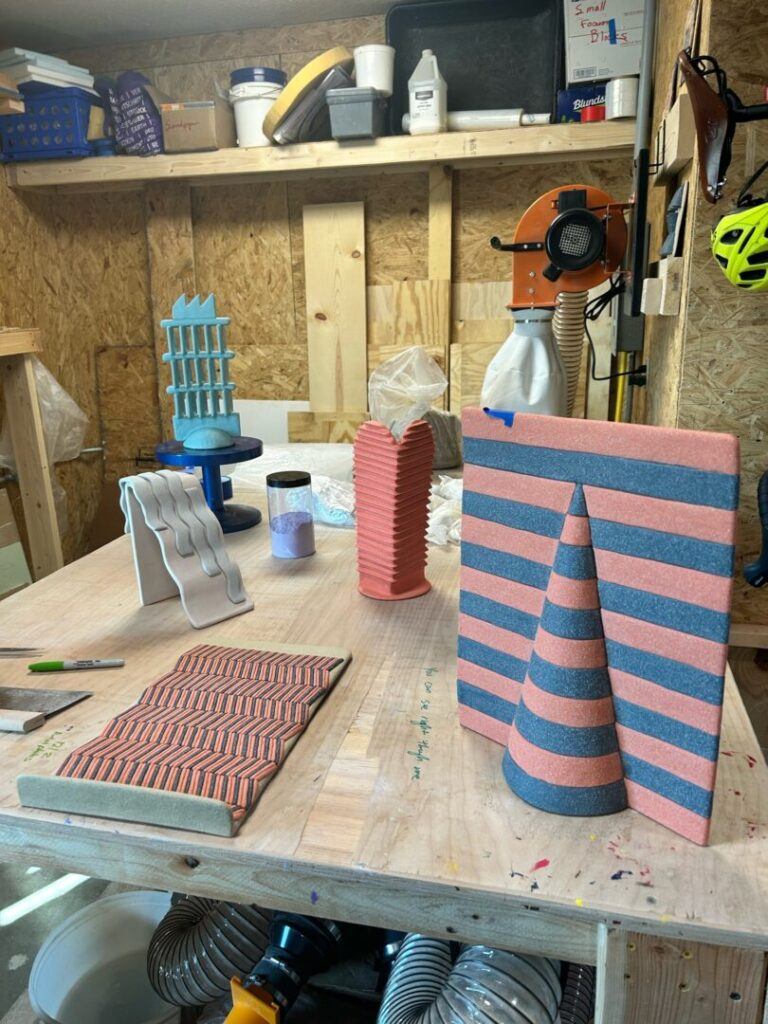
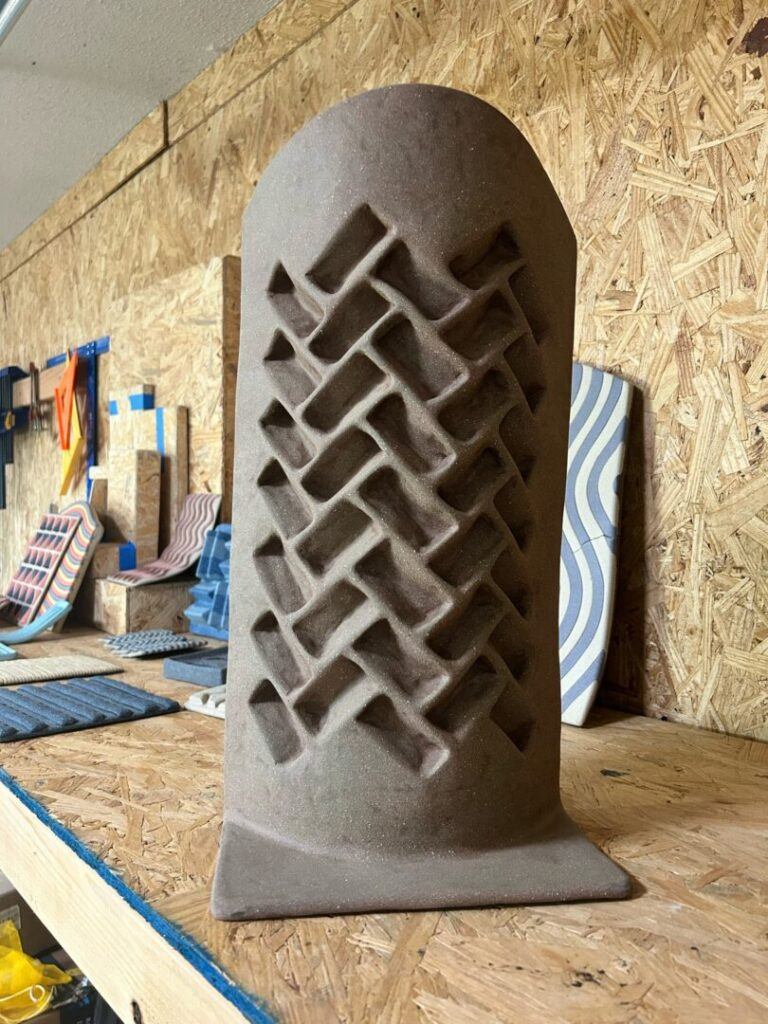
Working in an intentionally slow and deliberate way provides me with a space to enter into a meditative cycle of thought, action, and reflection. This space that my practice provides is essential for me to feel more fully human and is a salve against the myriad pressure towards productivity that we all face at every turn. Doing one thing, at the pace it takes, for as long as it takes is a gift that I can give to myself.
CRAIG HARTENBERGER
MIXD: How do you think your daily environment inspires your pieces?
CH: Formally, my work draws upon my reflections of the built world, primarily through my experiences of architecture and objects. I have a deep relationship with abstraction which facilitates my capacity to shift the scale and arrangement of references and other source material. I am not interested in recreating, but rather observing and reinterpreting the world around me.
MIXD: Your sculptures often feature geometric patterns. What attracts you to this form of expression and what significance does it convey?
CH: Geometric patterns and other abstract formal language have been essential to people as a way to mark their existence since time immemorial. These abstract forms allow us to speak to one another, in a type of universal shorthand language, about our experiences, selfs, and environments. By engaging with this language through my work, I am connecting to the community of people who came before, who are now, and who will be. This connects with the concepts of time within my work that I spoke of before.
Geometric patterns and other abstract formal language have been essential to people as a way to mark their existence since time immemorial. These abstract forms allow us to speak to one another, in a type of universal shorthand language, about our experiences, selfs, and environments.
CRAIG HARTENBERGER
A very warm thank you to Craig Hartenberger for joining us in conversation. If you’re interested in viewing more of his work you can enjoy HERE.